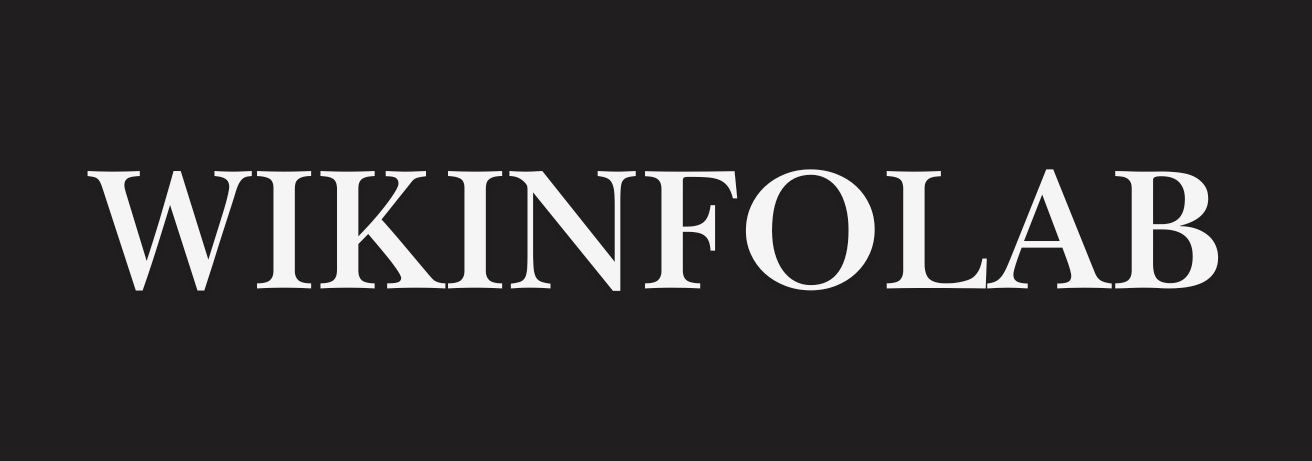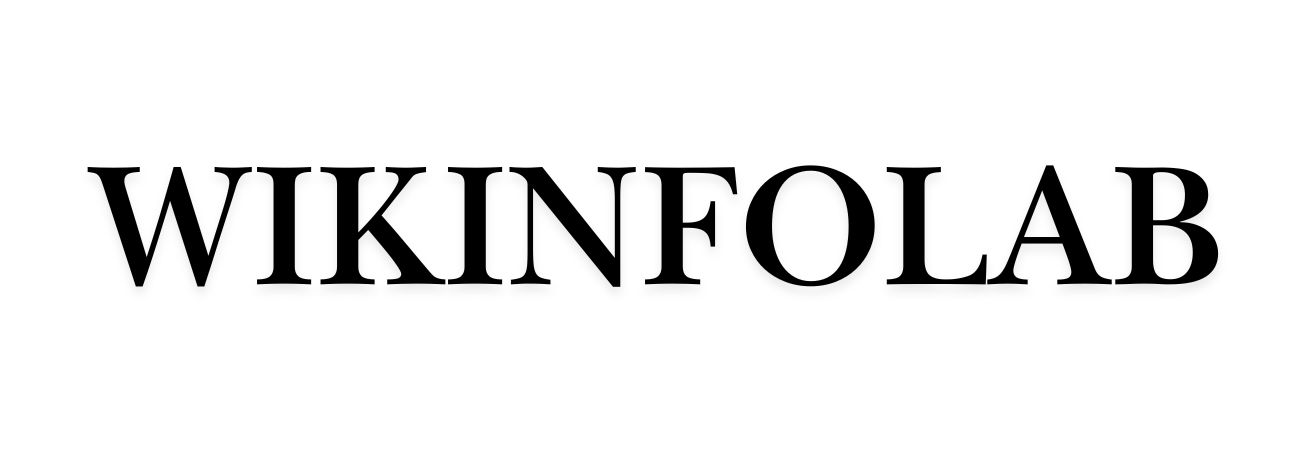The Durability and Longevity of Metal Roofs
When considering roofing options, many homeowners are drawn to metal roofs for their exceptional durability. Unlike traditional shingles, metal roofs can withstand extreme weather conditions, including heavy rain, strong winds, and even hail. This resilience is due to the robust materials used in metal roofing, such as steel, aluminum, and copper. These metals are known for their strength and resistance to corrosion, ensuring that the roof remains intact for decades.
One of the most appealing aspects of metal roofs is their longevity. While asphalt shingles may need replacement every 15 to 20 years, a well-maintained metal roof can last 40 to 70 years, depending on the material. This long lifespan not only reduces the hassle of frequent roof replacements but also proves to be a cost-effective investment over time. Homeowners can enjoy peace of mind knowing that their roof will protect their home for a significant portion of their lifetime.
Moreover, metal roofs require minimal maintenance compared to other roofing types. They are less prone to issues such as moss and algae growth, which can be common with traditional roofing materials. With periodic inspections and minor upkeep, metal roofs continue to perform optimally, providing reliable protection against the elements.
Energy Efficiency and Environmental Impact
In today’s environmentally conscious world, energy efficiency is a crucial factor for many homeowners. Metal roofs excel in this area, offering a range of benefits that contribute to a home’s overall energy performance. One of the key features of metal roofing is its reflective surface, which reflects solar radiation away from the home. This characteristic helps to maintain a cooler indoor temperature during hot summer months, reducing the need for air conditioning and lowering energy bills.
Additionally, metal roofs are often made from recycled materials and are themselves recyclable at the end of their life cycle. This sustainable aspect makes metal roofing an eco-friendly choice, aligning with the growing trend of green building practices. By choosing a metal roof, homeowners can reduce their carbon footprint and contribute to environmental conservation.
Furthermore, metal roofs can be easily integrated with solar panel systems. The combination of metal roofing and solar energy enhances a home’s energy efficiency, allowing homeowners to harness renewable energy sources effectively. This synergy not only benefits the environment but also offers potential savings on energy costs, making metal roofs a smart choice for the eco-conscious homeowner.
Aesthetic Appeal and Versatility
Beyond their practical benefits, metal roofs offer aesthetic versatility that can enhance the visual appeal of any home. Available in a wide array of styles, colors, and finishes, metal roofs can complement various architectural designs, from modern to traditional. Homeowners can choose from options that mimic the appearance of classic roofing materials, such as slate, tile, or wood, providing the desired look without compromising on durability.
The sleek and modern appearance of metal roofs can add a touch of sophistication to a home, elevating its curb appeal. Whether opting for a bold, vibrant color or a subtle, neutral tone, metal roofs can be customized to suit personal preferences and complement the surrounding environment.
Moreover, metal roofs are lightweight compared to other roofing materials, making them easier to install and reducing the structural load on a building. This feature is particularly advantageous for older homes or structures that may not support the weight of heavier roofing options. The versatility and aesthetic flexibility of metal roofs make them an attractive choice for homeowners seeking to enhance both the functionality and appearance of their home.






